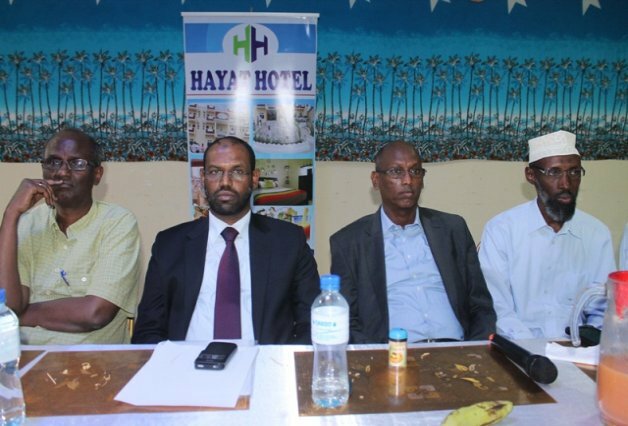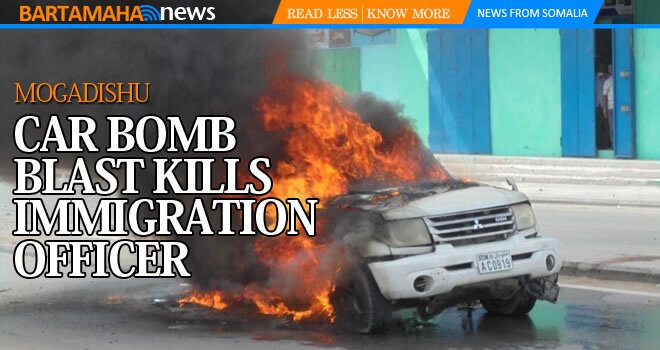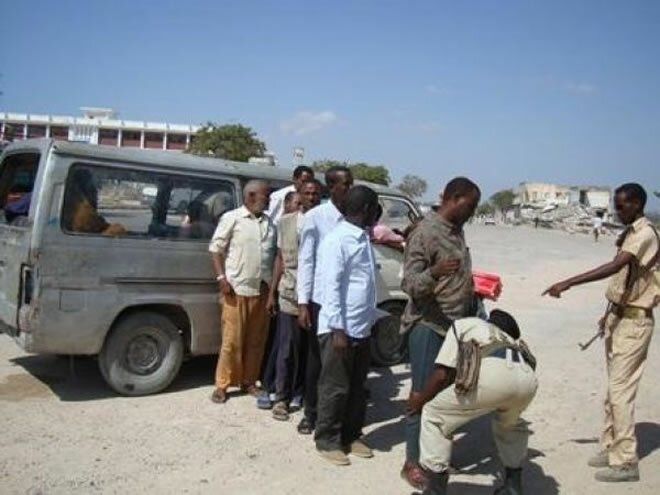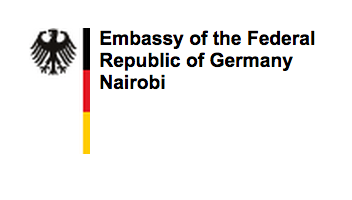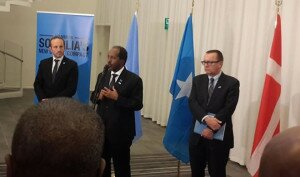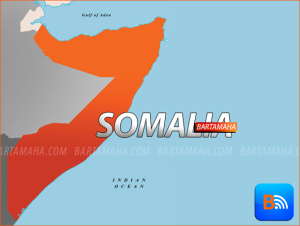FAO calls for increased efforts stem food crisis in Horn of Africa
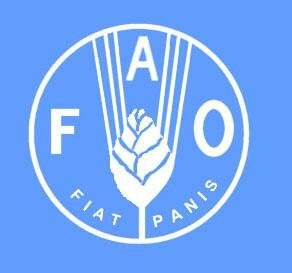 The UN Food and Agriculture Organization (FAO) on Monday called for increased efforts to stem the food crisis in the Horn of Africa as famine spread to a sixth area of Somalia which has been without an effective government for more than two decades.
The UN Food and Agriculture Organization (FAO) on Monday called for increased efforts to stem the food crisis in the Horn of Africa as famine spread to a sixth area of Somalia which has been without an effective government for more than two decades.
The UN says 750,000 people are now at risk of death in the next four months if there is no adequate response, an increase from the July figure of 350,000.
“Though these figures paint a bleak picture for Somalia, there is a window of opportunity for the humanitarian community to stop and reverse this undesirable trend by supporting farmers and herders in addition to other emergency interventions,” Luca Alinovi, FAO’s Officer in Charge for Somalia, told a press conference in Nairobi.
Southern Somalia’s Bay region is the latest region to be declared a famine zone, bringing to six the areas affected. Five other regions had previously been declared in a state of famine.
Record levels of acute malnutrition have been registered there, with 58 percent of children under five acutely malnourished, and a crude death of more than two deaths per 10,000 per day.
Around 4 million Somalis, more than half of the population, are now in crisis in the drought-stricken country. Bay region is a breadbasket for Somalia, producing over 80 percent of the country’s sorghum.
Latest data released on Monday by the Food Security and Nutrition Analysis Unit for Somalia (FSNAU), which is managed by FAO in close collaboration with USAID’s Famine Early Warning Systems Network (FEWS NET), indicated that famine has spread to Bay region, one of Somalia’s most productive areas.
In addition to the ongoing crises in the rest of the country, the number of Somalis in need of humanitarian assistance has increased from 2.4 million to 4 million in the last eight months, with 3 million of them in the country’s south.
“In the current food security situation, famine conditions are expected to spread to agropastoral populations in Gedo Hiran Middle Shabelle and Juba regions and the riverine populations of Juba and Gedo in the coming four months,” said Grainne Moloney, FSNAU’s Chief Technical Adviser.
Bay region joins five other areas hit by famine including Bakool agropastoral communities in Lower Shabelle region, the agropastoral areas of Balcad and Cadale districts of Middle Shabelle, the Afgoye corridor IDP settlement, and the Mogadishu IDP community.
Despite current interventions, projections indicate that famine will become widespread throughout southern Somalia by the end of 2011.
The UN food agency has appealed for 70 million U.S. dollars for Somalia to provide agricultural emergency assistance for one million farmers and herders.
FAO said it has received confirmed donations of 20 million dollars from the UN’s Central Emergency Response Fund (CERF), the Common Humanitarian Fund (CHF), Australia, Spain, Switzerland and Britain, and another 21 million dollars in pledges from the European Commission, Humanitarian Aid and Civil Protection (ECHO), the United States, Belgium and the World Bank.
With increasing access to many parts of southern Somalia, FAO is currently carrying out emergency interventions and is opening two new offices in Mogadishu and Dolo and several suboffices in each region.
“We have already embarked on mass production of improved seeds and procured 5,000 tons of fertilizer, among other farm inputs, in preparation for the next planting season from October to December, ” said Alinovi.
FAO’s current interventions are benefiting of over one million people in Somalia’s most affected regions. Post-harvest finding showed this year’s cereal crop to be the lowest in 17 years.
Dwindling stocks of local cereals have sent cereal prices soaring 300 percent over the last year and nearly half a million acutely malnourished children across Somalia require urgent nutritional treatment.
“The latest round of surveys shows a continuing deterioration in Somalia,” Mark Bowden, the UN humanitarian coordinator for Somalia told journalists Monday in Nairobi.
“More people are in need of assistance and in some areas there has been a deepening of the crisis. We also know that people will have major needs for assistance well past the end of this year.”
Famine is classified using a tool called the Integrated Food Security Phase Classification (IPC).
FSNAU and FEWS NET adhere to the IPC standards when declaring a famine on the basis of at least three criteria being present: severe lack of food access for 20 percent of the population, acute malnutrition exceeding 30 percent and a Crude Death Rate exceeding two deaths per 10,000 population per day.
The current crisis affects the whole Horn of Africa region including the northern part of Kenya and southern parts of Ethiopia and Djibouti where large areas are classified as being in a state of humanitarian emergency.
Bowden said Somalis faced massive food deficits after the country suffered its worst harvest in 17 years.
With short rains about to start, he said the UN should capitalize on them to alleviate the current food crisis by the end of the year. But the rains also bring increased risks of disease.
“Cholera, malaria and measles could dramatically increase death rates in an already weakened population. Additional support will be required to ensure that we control these risks,” he said.
The Horn of Africa nation has lacked a functioning government for two decades, and violence spawned by warlords and Islamic militants, such as al Shabaab, has killed thousands and driven some hundreds of thousands more from their homes.
The country is now beset by a devastating drought and famine in which tens of thousands of people have already died and 3.2 million others, about one third of the total population, are thought to be on the brink of starvation.
Comments
comments
 Calendar
Calendar



















